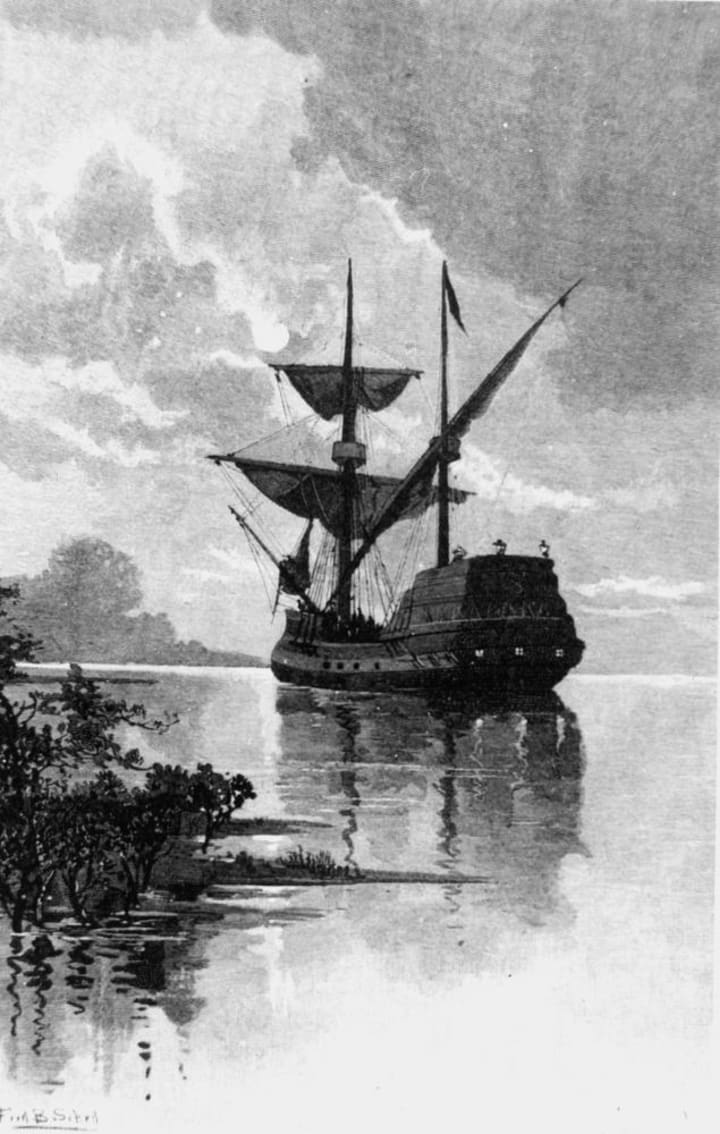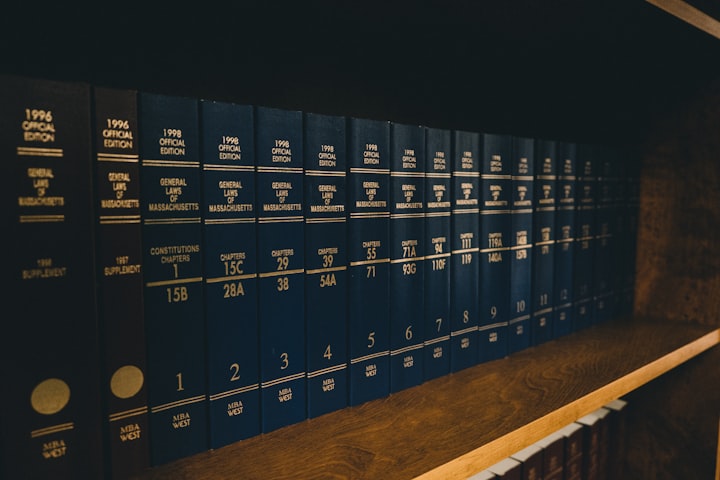The first human inhabitants of the Australian continent and their descendants have been referred to by the English as Aboriginal people since 1789. The name Aborigines and formerly Australians are also used in Dutch. The word aborigines comes from the Latin ab origine, which means by origin, so the original inhabitants.
According to the theories, the Aborigines arrived there from Southeast Asia about 65,000 years ago (just like the Indians in America At that time the sea level was much lower than now and there were natural bridges between Asia and Australia, yet they have to use a vessel had reached the continent, and even with a drop in sea level of 150 meters, some straits about 100 km wide would still have to be conquered.

Later, when the earth warmed, the ice began to melt and the sea level rose, Australia became an island. Due to Australia's isolated position, the Aborigines developed their own culture that would remain the same for thousands of years. Around 15,000 years ago, around the end of the Ice Age, Aboriginal culture as we know it today emerged. This makes Australia the longest continuous cultural history in the world.
About 500 BC. was first written about a hypothetical southern continent by the Greeks. They believed that on the southern edge of the Indian Ocean must be a continent. It was later believed that, in order to remain "in balance," the Earth should have about as much land in the Northern Hemisphere as the Southern Hemisphere, so there should be a large landmass in the Southern Hemisphere. The Romans called the land Terra Australis or South,land. Many people were fascinated by the unknown land and went in search of The landing of the Duyfken on the north coast of Australia marks the beginning of a long relationship between the Netherlands and Australia. The 400th anniversary of this first contact was commemorated in 2006 with numerous activities in both the Netherlands and Australia.

These activities include the visit that a Dutch parliamentary delegation paid to Australia from 8 to 15 October 2006 at the invitation of the Parliament of Australia. The delegation was headed by the chairman of the Senate of the States General, Mrs. Yvonne Timmerman-Buck. The delegation flew a plane over the area where the Duyfken explorers set foot and visited the nearby mining town of Weipa. In the region, parliamentarians met with the rulers and tribal elders of the Aboriginal population.
In 1768 the Englishman James Cook went on an expedition to Tahiti and New Zealand with his Endeavor. There was also a group of scientists on board, including the amateur botanist Joseph Banks. The east coast of Australia was discovered by accident. Cook landed in Botany Bay (now Sydney), claimed the entire east coast for England and named the area New South Wales. On his return to England in 1771, Banks became famous for his discoveries that he brought back. His recorded experiences and observations played a crucial role in the decision to make Botany Bay a penal colony 15 years later (1786).

The English government saw a solution to the overcrowded English prisons in Australia, all the more so if England, through the final loss of the colonies in North America, which became independent in 1783 when the United States could no longer deport prisoners there. England therefore decided to establish penal colonies in Australia, the first of which was Port Jackson near present-day Sydney in 1788.
Even before 1800, free Englishmen began to settle there; they could buy land from the British government for next to nothing.
The British colonists immediately appropriated the land and water resources of the indigenous people, the Aboriginals, justifying this by reasoning that these natives did not know the concept of "land ownership" and could "therefore" be expelled.
Destruction of Aboriginal land and food resources led to their starvation; Aboriginal people reacted with armed resistance and guerrilla war until the 19th century; white settlers responded with great violence and random massacres, as in Pinjarra (1834), Myall Creek (1838), Battle Mountain (1884) and Coniston (1928).
Estimates are that in 1770 the Aboriginal population was approximately between 300,000 to 1 million people
British colonies sprang up in every corner of the continent: 1824 near Brisbane (east), 1829 near Perth (southwest), 1835 Melbourne (southeast), 1836 near Adelaide (south) and 1869 Darwin (north). The remote areas were administered separately by their own governor. After 1855 they gradually gained greater self-government within the British Empire. In 1889 Sir Henry Parkes, then Prime Minister of New South Wales, spoke out in the Tenterfield Oration in favor of forming a federation. The colonies saw benefits in cooperation for a variety of reasons, and this led in 1901 to the establishment, with the consent of the British Parliament, of the Commonwealth of Australia as a partially autonomous territory within the British Empire.






Comments
There are no comments for this story
Be the first to respond and start the conversation.